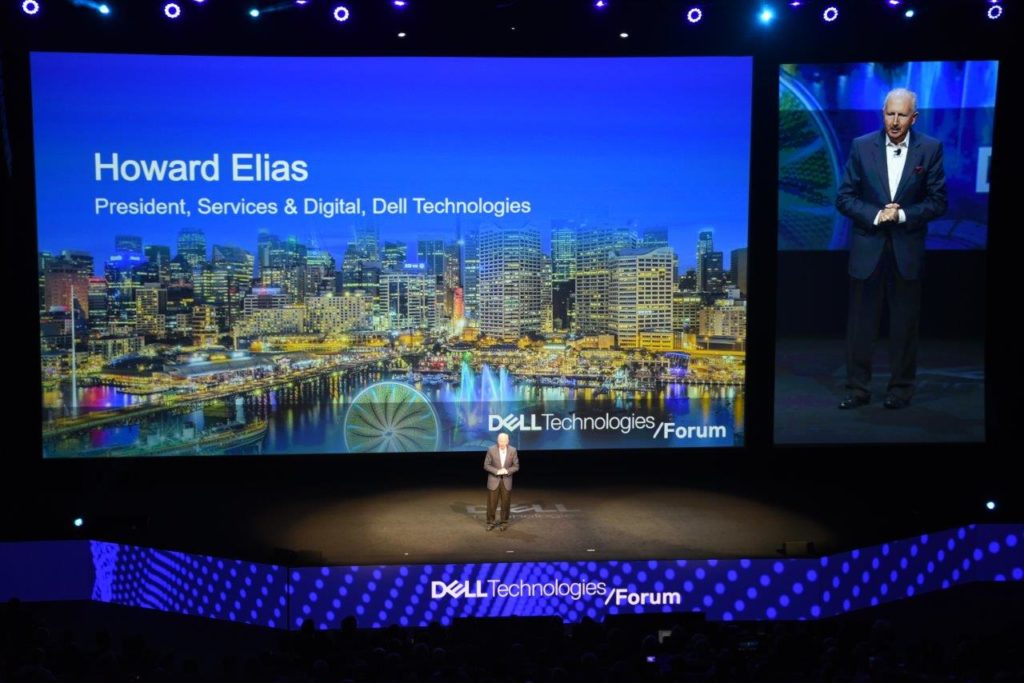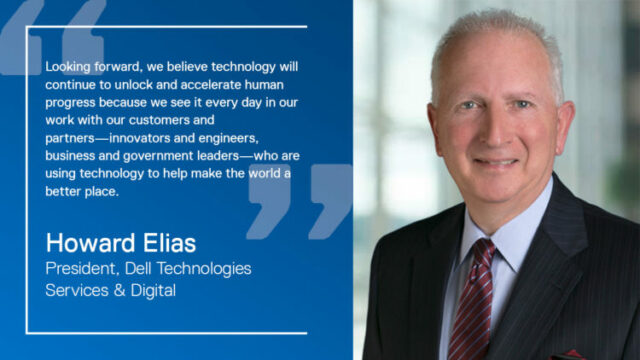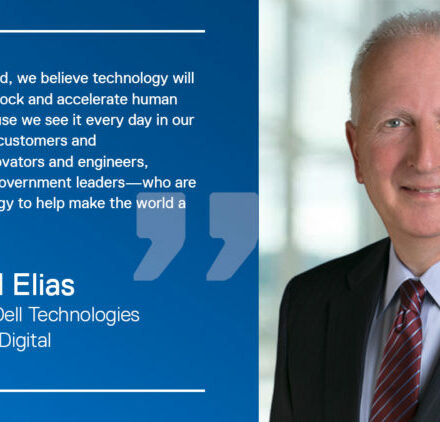Have you seen the Netflix show Black Mirror? It’s a British sci-fi series that’s become quite a global phenomenon, depicting a near-future where “humanity’s greatest innovations and darkest instincts collide.” Each suspenseful episode creates uneasiness, and even paranoia, about where technology is taking us.
But that’s not the future we see at Dell Technologies. Far from it. We’re technology optimists, and here’s why. If you look back over the past half century, while computing power and technology advancements were on the rise, life expectancy, literacy rates and the global economy followed suit. And the poverty rate worldwide fell by half. That wasn’t a coincidence then, nor will it be in the future.
Looking forward, we believe technology will continue to unlock and accelerate human progress because we see it every day in our work with our customers and partners—innovators and engineers, business and government leaders—who are using technology to help make the world a better place.
One of our customers, Draper Labs, based in Cambridge, Massachusetts, is a great example. They employ more than 1,000 engineers and scientists to imagine and create new solutions for the world’s most difficult problems. And it’s our great honor to help them and thousands of customers like them realize their vision with our technology solutions and services.
Becoming a data-driven, digital organization
While no one can predict the future, we know one thing for sure—data will be the common thread tying the future together. IDC predicts that by 2025 data worldwide will exceed 175 zettabytes. That’s a lot of data. And the great challenge of our time is what to do with it.
Today, the building blocks are coming into place. Artificial intelligence, multi-cloud, edge computing, software-defined and the modern workforce are going mainstream. They are getting in position to accelerate the digital era and, subsequently, the human progress that will follow.
That’s why we built Dell Technologies. By bringing together the most comprehensive portfolio of products, services and solutions from the edge to the data center to the cloud, we believed we could become the essential infrastructure provider for the digital era. And our hypothesis is proving true—customers are responding with deeper, more meaningful engagements to help them transform to become digital at their core.
Dell Technologies is on the same journey
Like our customers, we’re on the same IT-led digital journey and we’ve learned a lot of lessons along the way. Our transformation, which we call the Dell Digital Way, is built on our own infrastructure (which, by the way, in turn, is helping to influence our product development).
But perhaps the most important lesson has been the critical roles that process and people play in successful IT transformation. Change in everything from the way we make decisions, to how we recruit talent and structure our teams, to how we’re breathing more innovation into our own application development goes hand-in-hand with IT transformation.
Moving toward a bright future together
That’s the story I shared at Dell Technologies Forum Sydney with more than 2,000 of our customers in Australia and New Zealand. It’s a story of optimism and human progress.

At Dell Technologies, we believe our customers will solve many of the world’s most complex problems. And we are committed to building the technologies and solutions they need to do it.
The digital future is bright and together we can prepare for and make the most of it.


